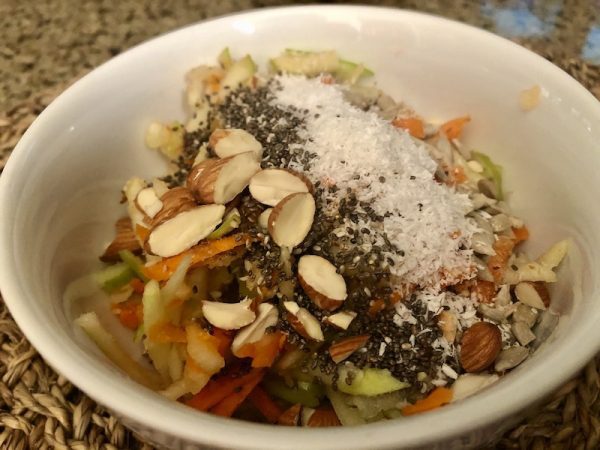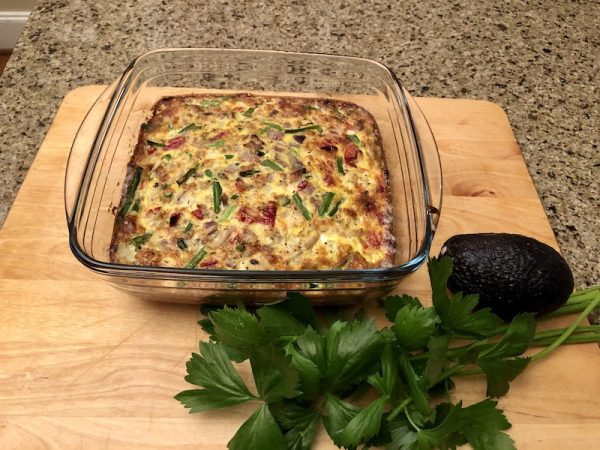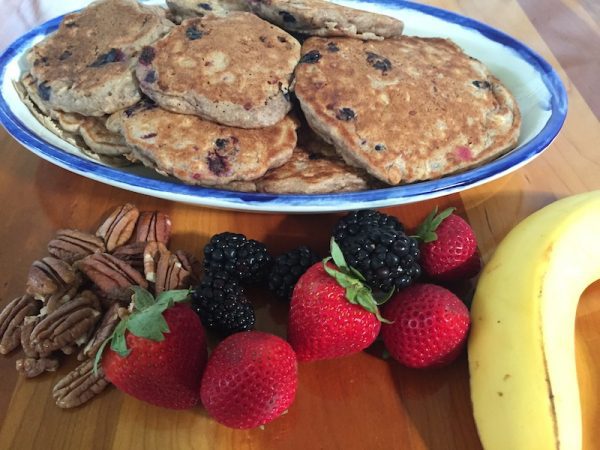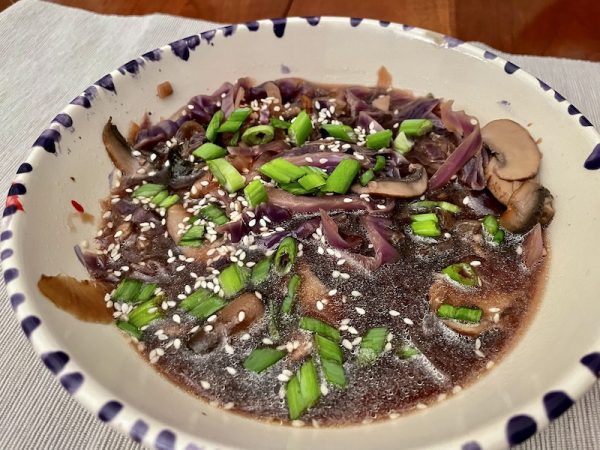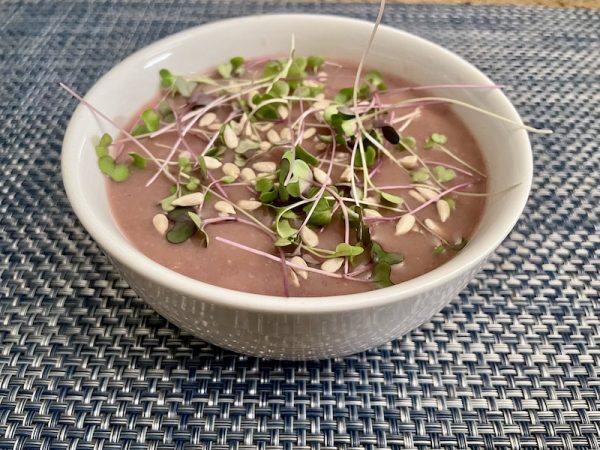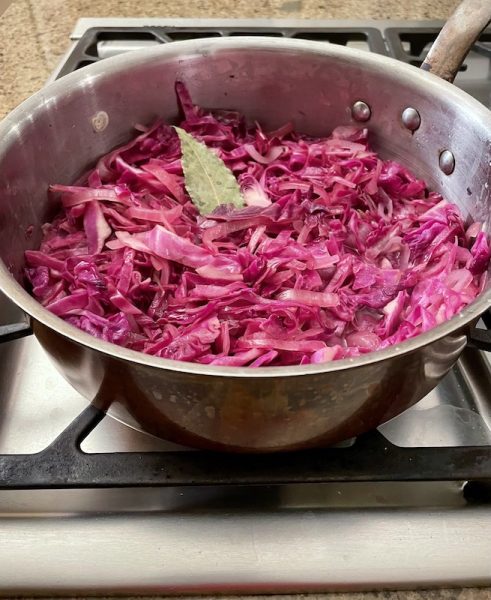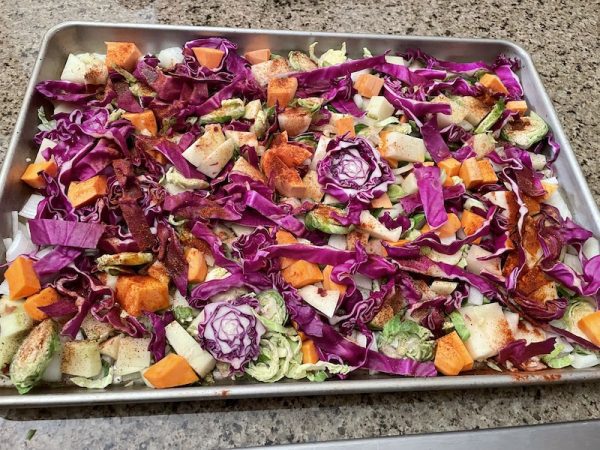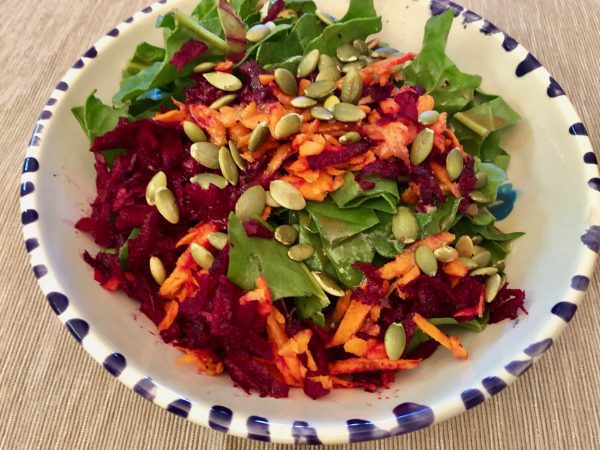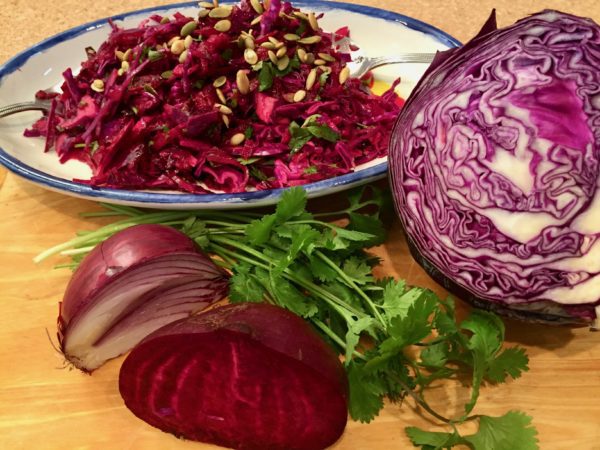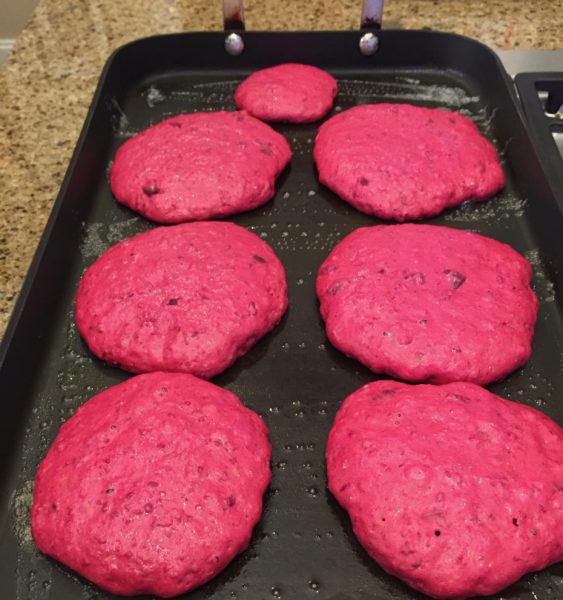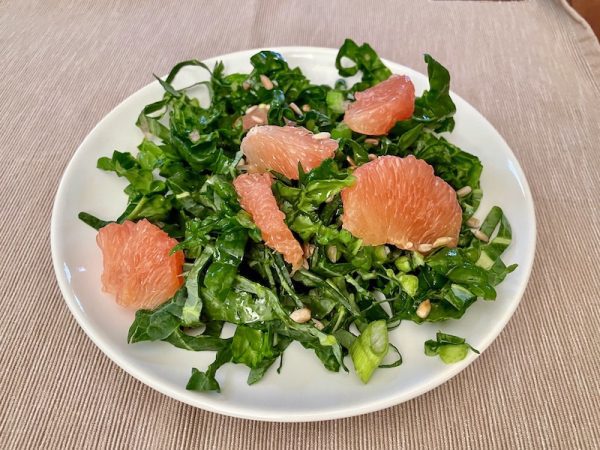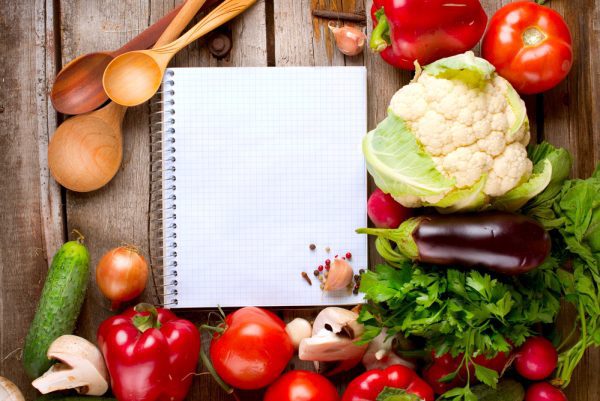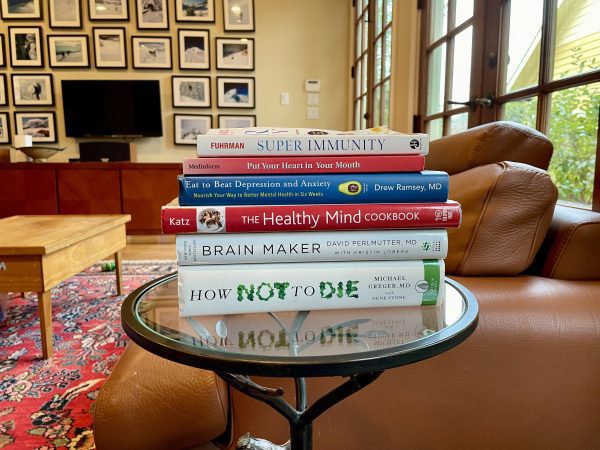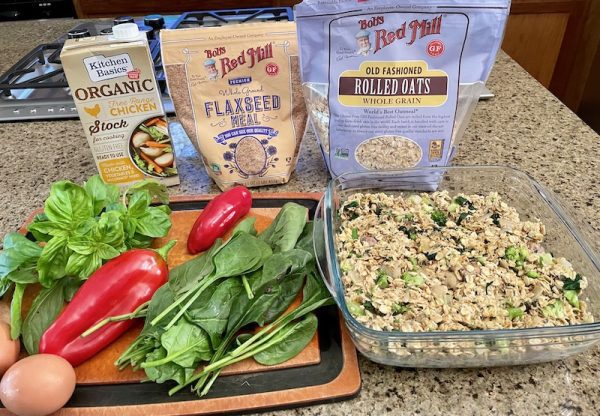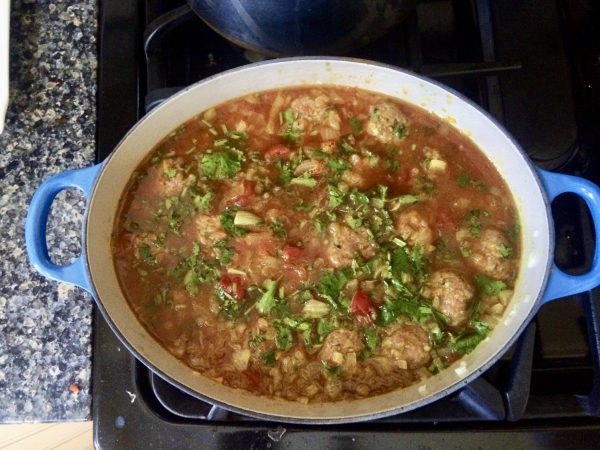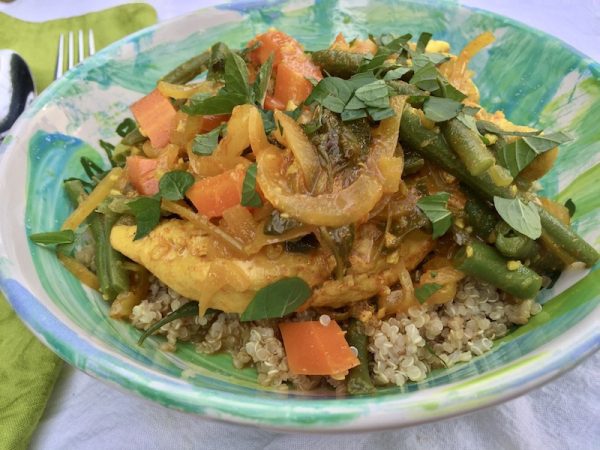4 Nutrient-Dense Breakfast Casseroles
Cereal and juice, toast and coffee – standard American breakfast staples – quickly convert to glucose (blood sugar). High blood sugar, especially first thing in the morning, sets you up for a blood sugar roller coaster that can continue throughout the day and night.
This affects your energy, focus and mood. These blood sugar roller coaster also wreak havoc on your body (cells, tissues, organs) as it tries to balance the blood sugar and insulin racing around. (Insulin is the hormone your body uses to store excess glucose.) Chronically high blood sugar and insulin cause inflammation. Chronic inflammation leads to metabolic diseases like diabetes, cancer, cardiovascular and even Alzheimer’s.
Breakfast casseroles provide a nutrient dense balance of macronutrients and a variety of micronutrients (vitamins, minerals, phytochemicals) to balance your blood sugar for stable, steady energy. This will also improve your focus, your mood and boost your immune system and brain function.
- Protein provides building blocks for your tissues, antibodies that strengthen your immune system, insulin and glucagon that regulate your blood sugar and energy levels, and for neurotransmitters that affect your memory, focus and more
- Fats are essential for numerous functions and structures such as your hormones and provides slow burning energy. They also help you absorb soluble vitamins (A, D, E & K), slow down digestion and regulate hunger
- Carbs: Carbs are a quick source of fuel for your muscles and brain, provide fiber for healthy gut bacteria, slows down your digestion and helps regular elimination of waste. Combined with fat and protein, carbs help your body fight infections, grow new body tissue (bones and skin) and lubricate our joints
These casseroles are based on eggs, which are a powerhouse of nutrients:
- 5 – 7 grams of protein per egg
- brain healthy B vitamins
- essential minerals calcium, iron, potassium, zinc, manganese
- important lesser-known nutrients like choline an essential nutrient that improves cognitive function and disease fighting nutrients like lutein and zeaxanthin. These anti-inflammatory carotenoids may reduce the risk of age-related macular degeneration, decrease cancer risks, and improve cardiovascular health
So versatile! Omnivore or vegetarian. Change them up with additional/different veggies, herbs and spices for more flavor and nutrient density
- Leafy greens and cruciferous family of vegetables are some of nature’s most nutrient dense foods
- Rainbow vegetables provide a wide diversity of essential micronutrients. Each color (green, red, orange, white) represents a whole family of immune boosting and healing compounds
- Flavor compounds in herbs and spices are powerful antioxidants and many also have antibacterial, antimicrobial, and anti-inflammatory properties
Make a double recipe Saturday or Sunday to have leftovers for breakfast or lunch during the week.
Traditional strata – Color My Food
Strata is a brunch dish made from a mixture of bread and egg giving it a custard-like texture. There are innumerable variations using different vegetables, meat (sausage, ham) and/or cheese. The name strata (layers) comes from layering the bread with filling. Prep the day before and chill overnight. Bake in the morning.

Potato-based Casserole – Well Plated
Skip the bread, use potatoes. You can also use sweet potatoes instead for extra nutrients. Use leftovers
Add additional spices (like cumin, chili, paprika) and/or fresh, chopped herbs (such as basil, cilantro or parsley)

Hash Brown Casserole – Two Healthy Kitchens
Frozen hash browns are a helpful staple. Just remember to defrost them first. Mix hash browns into the mixture OR use them as a base and pour your egg mixture over like with a strata.

Mexican Breakfast Casserole – The Gracious Wife
This recipe I make for brunch with friends, or when family staying with us. It is always a huge hit – with or without the sausage.
Do you have a favorite breakfast casserole?
References
- Haas, Elson M, (2006). Staying Healthy with Nutrition, New York, NY: Random House Inc.
- Ballantyne, Sarah, (2017). Paleo Principles: The Science Behind the Paleo Template, Canada, Victory Belt Publishing Inc.
- Sharma, Praveen. “Inflammation and the Metabolic Syndrome. “Indian Journal of Clinical Biochemistry : IJCB, Springer-Verlag, Oct. 2011, www.ncbi.nlm.nih.gov/pmc/articles/PMC3210244/.
- Shoelson, Steven E, et al. “Inflammation and Insulin Resistance. “The Journal of Clinical Investigation, American Society for Clinical Investigation, July 2006, www.ncbi.nlm.nih.gov/pmc/articles/PMC1483173/

